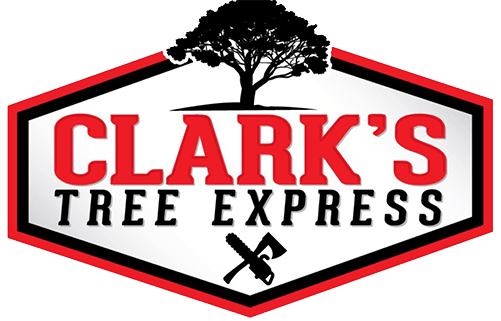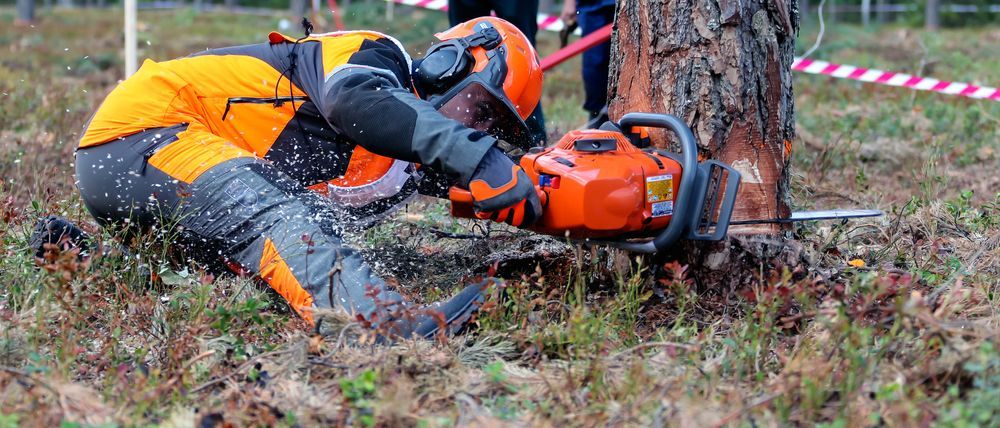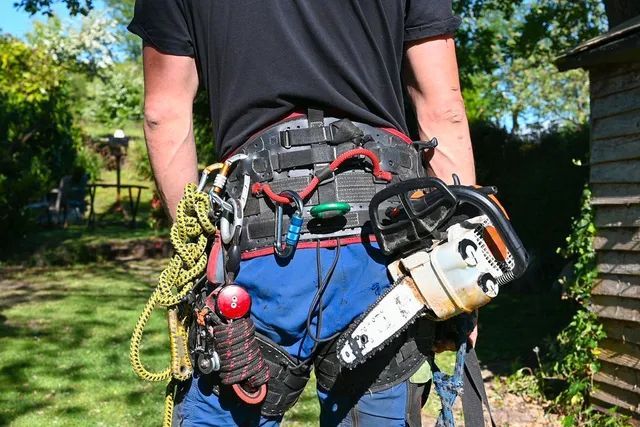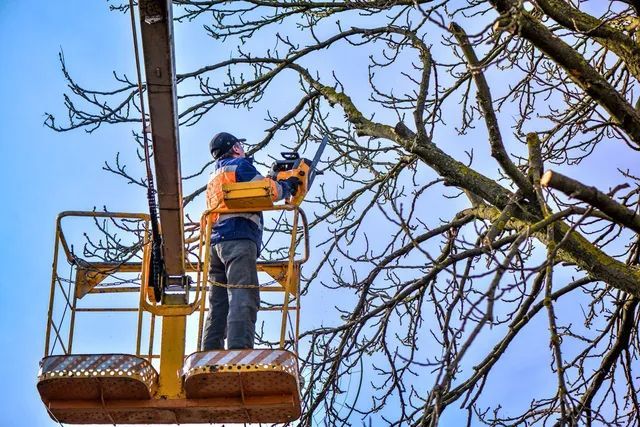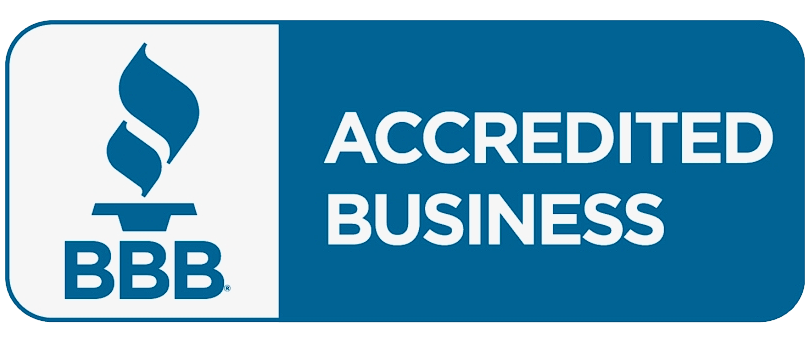The Complete Guide to Safe Tree Removal Practices
Tree removal is one of the most challenging and dangerous aspects of property maintenance. In Huntersville, NC, where tall pines and hardwoods are common, even a seemingly simple removal can turn into a high-risk project if handled incorrectly.
Whether you’re dealing with a storm-damaged tree leaning toward your house or a large oak that’s outgrown its space, safety must come first. This complete guide explains what safe tree removal really involves, why professional methods matter, and what every homeowner should know before cutting anything down.
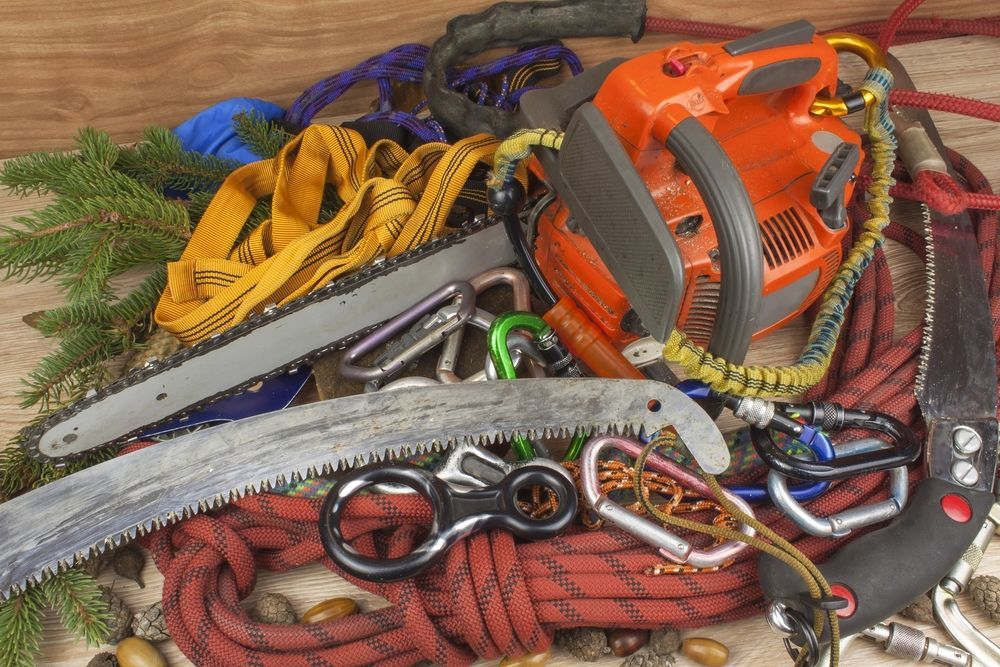
By the end, you’ll understand the full process—from assessing tree stability to cleanup—and know when to call a certified expert.
Understanding Safe Tree Removal
Tree removal isn’t just about cutting a trunk and watching it fall. It’s a carefully planned operation that requires precision, equipment, and experience. The goal is to bring down the tree safely while minimizing risks to people, property, and surrounding vegetation.
Why Trees Are Removed
Before any removal starts, professionals identify the reason behind it:
- Structural instability – Rot, decay, or split trunks that pose collapse risks.
- Storm damage – Trees leaning dangerously or with broken main limbs.
- Overcrowding – Removing one tree to allow others to thrive.
- Property interference – Roots damaging driveways, sidewalks, or foundations.
- Disease or infestation – Preventing spread to healthy nearby trees.
Why Safety Comes First
Tree removal is one of the most dangerous outdoor jobs in the U.S. Chainsaws, high climbs, and unpredictable falls make DIY attempts extremely risky. Professionals use rigging systems, protective gear, and proper cutting angles to control every movement of the tree from top to stump.
For Huntersville homeowners, this means the smartest move is to call a licensed, insured tree service that follows OSHA and ANSI safety standards.
The Professional Tree Removal Process
Professional removal involves multiple stages to ensure the job is done safely and completely.
1. Site Assessment
A certified arborist inspects the tree’s condition, size, lean direction, and surroundings. They note potential hazards like power lines, fences, or nearby structures.
2. Equipment Setup
Crews bring chainsaws, rigging ropes, helmets, harnesses, and sometimes cranes or bucket trucks for large or tight spaces. The area around the tree is cleared and cordoned off for safety.
3. Sectional Cutting
Instead of felling the entire tree at once, professionals dismantle it piece by piece. Upper limbs are removed first using controlled lowering techniques, ensuring branches don’t fall uncontrollably.
4. Trunk Removal
Once the canopy is cleared, the main trunk is cut in manageable sections. Heavy-duty rigging may be used to guide pieces safely to the ground.
5. Stump Management
Depending on your needs, the stump can be left at ground level, cut flush, or completely ground down to prepare the area for replanting or construction.
6. Final Cleanup
All wood, branches, and debris are cleared away. Many companies offer optional chipping or recycling, turning waste into mulch or firewood.
Essential Safety Practices
To remove trees safely, professionals adhere to strict protocols. These are the standards that separate expert work from risky DIY attempts:
- Protective gear – Helmets, eye and ear protection, chainsaw chaps, and gloves are mandatory.
- Controlled cutting techniques – Strategic notches and back cuts direct the fall safely.
- Team communication – Crews use clear hand signals and radios for coordination.
- Rigging and anchoring – Ropes, pulleys, and friction brakes manage the fall of each section.
- Ground clearance – A defined drop zone ensures no one enters the danger area.
- Weather awareness – High winds or rain delay removal for safety reasons.
DIY vs. Professional Tree Removal
It’s tempting to think small or medium trees can be handled alone. But one wrong cut can cause thousands in property damage—or far worse.
DIY Risks
- Uncontrolled falls damaging roofs, vehicles, or power lines.
- Chainsaw kickback injuries.
- Lack of proper climbing or rigging gear.
- No insurance coverage if damage occurs.
Professional Advantages
- Certified, insured crews protect you from liability.
- Advanced rigging and equipment ensure precise control.
- Cleanup and disposal handled start to finish.
- Safe removal even in tight, high-risk spaces.
When in doubt, hire a certified arborist. It’s not just safer—it’s usually more cost-effective than an ER visit or roof repair.
Frequently Asked Questions
How do I know if a tree needs to be removed?
Look for major signs like leaning trunks, hollow spots, large dead branches, or fungi at the base. A professional inspection can confirm structural weakness.
Can I remove a tree myself?
You can, but it’s rarely advisable. Even small trees can be unpredictable. Always call a professional for anything taller than 15 feet or near structures.
Do I need a permit for tree removal in Huntersville?
Most private property removals don’t require one, but you may need approval for trees in public rights-of-way or designated areas.
What happens to the wood after removal?
You can keep it for firewood, request it be chipped into mulch, or have it hauled away. Many services offer eco-friendly disposal.
Will removing one tree harm my landscape?
Professionals plan cuts and equipment paths to minimize damage to surrounding trees, lawn, and soil.
Conclusion
Safe tree removal is about control, planning, and experience. For homeowners in Huntersville, trusting a professional service ensures that every step—from assessment to cleanup—is handled with precision and care.
If you notice a leaning, damaged, or dying tree on your property, don’t wait until the next storm.
Scheduling an inspection could save your home, your time, and your peace of mind.
